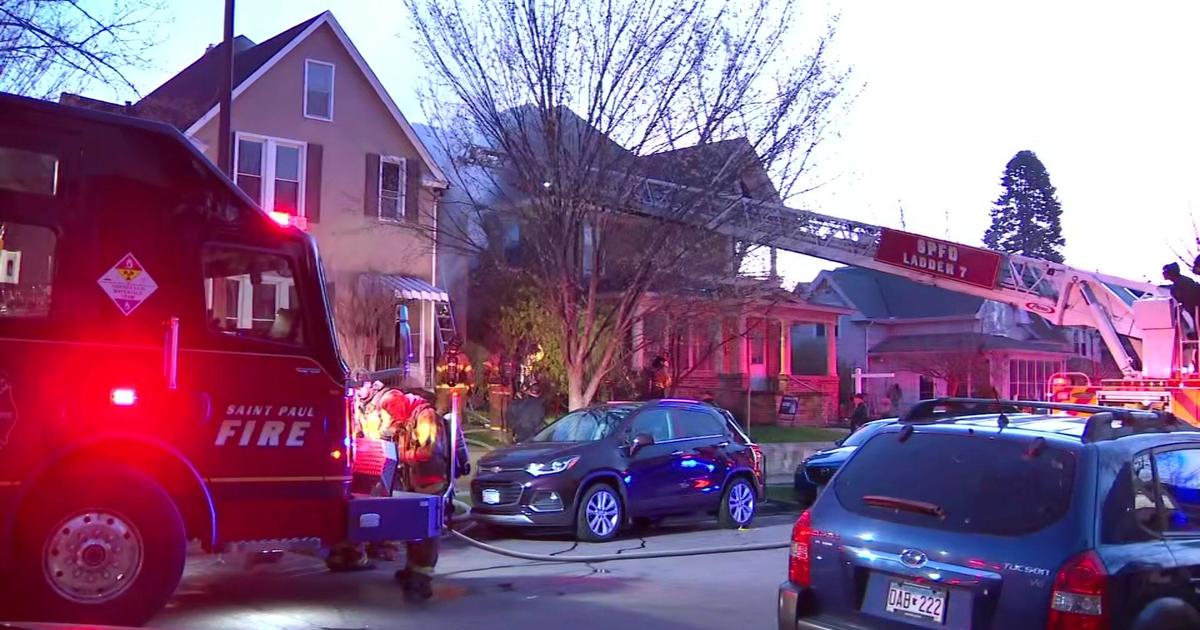Good Question: How Did They Measure Weather In The 1800s?
MINNEAPOLIS (WCCO) -- We are going to fall about a quarter-inch short of breaking a 140-year-old rainfall record.
The record for the most rainfall in June was set in 1874 with 11.67 inches.
We'll finish at about 11.35 inches.
So close.
So…it's only natural to question the accuracy of our ancestors.
"Our measurements for precipitation, specifically rainfall in 1874 were quite good," said Greg Spoden, a climatologist with the DNR.
He says the official rain measurement used then is pretty similar to today's.
"It would have looked very similar to this: An outer funnel that directs water into an inner funnel. It would have been on the roof of a building at the corner of Kellog and Market Street in downtown St. Paul," Spoden said.
The Army had a branch called the Signal Service that used metallic a rain gauge to keep track of rainfall.
Systematic measurements began in 1871 and a calibrated stick gave them the official reading.
"It would have been very accurate," Spoden said.
The gauge was moved from St. Paul to Minneapolis and then in 1938, it was moved to the Minneapolis-St. Paul International Airport for the official reading.
Today, the device is stainless steel and it sits on the tarmac in the Northwest corner of the airport.
"We would have preferred to have a long-term record at one location but that's not possible," Spoden said.
Even though the location changed, Spoden says a data log from 1874 shows how meticulous the Signal Service was.
While radar technology has changed as much as the weather over the decades, at least some things remain relatively the same.
"With rain we can make appropriate measurements down to 1-100th's of an inch," Spoden said.
He says temperature readings haven't changed much either, but measuring the atmosphere really took off after World War II.
Pilots on bombing raids couldn't figure out why they were burning so much fuel in the jet stream.
That's how weather balloons got started
Today, the National Weather Service sends up two balloons a day to measure the upper atmosphere.



